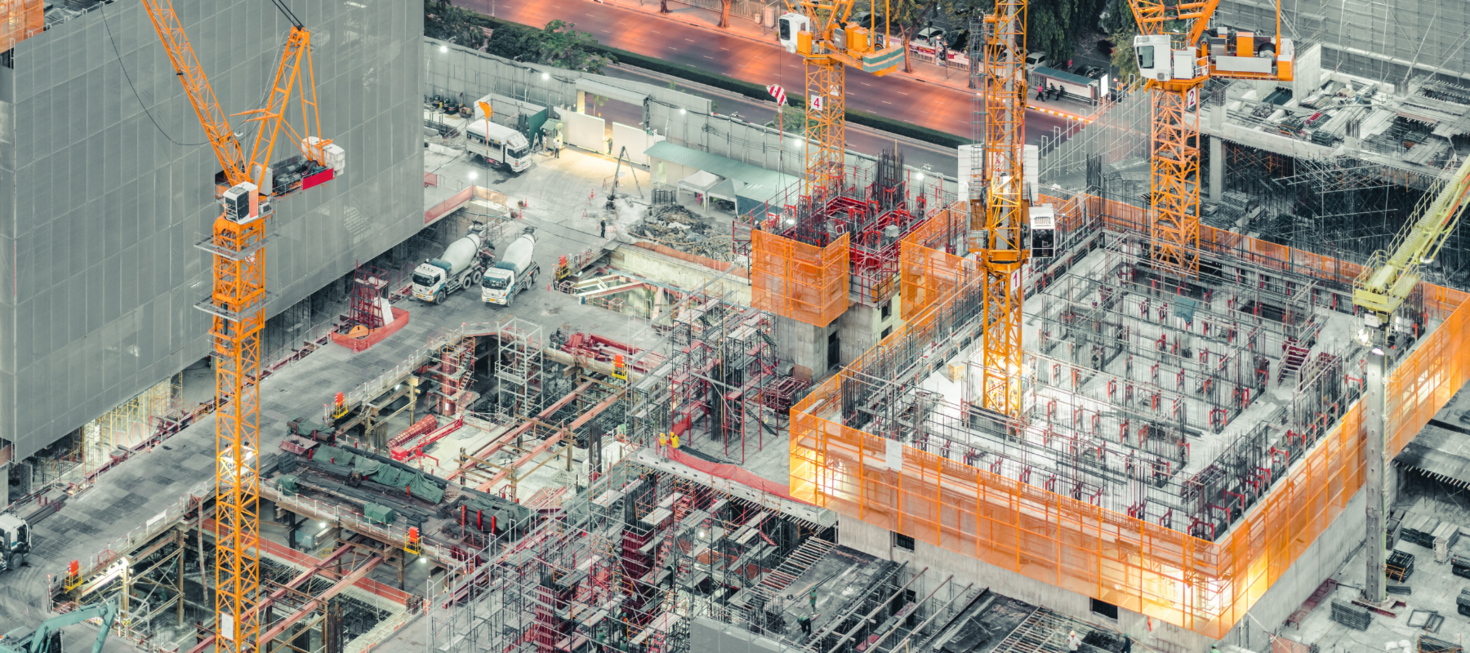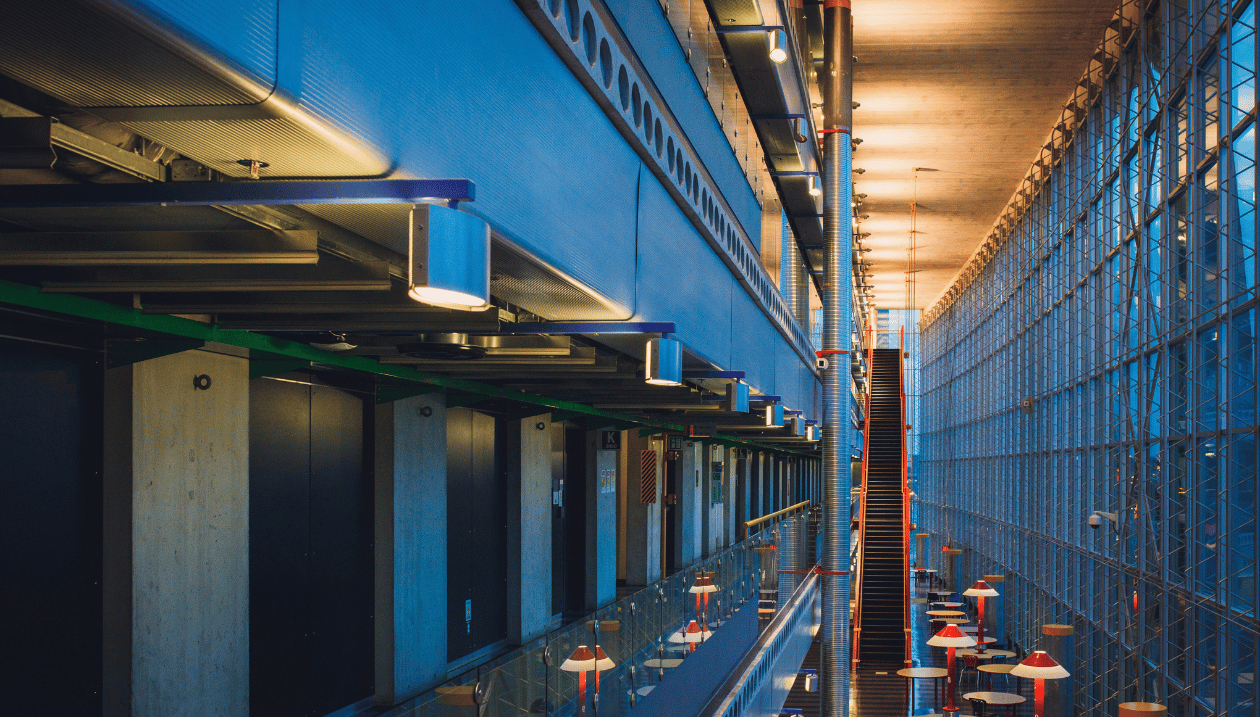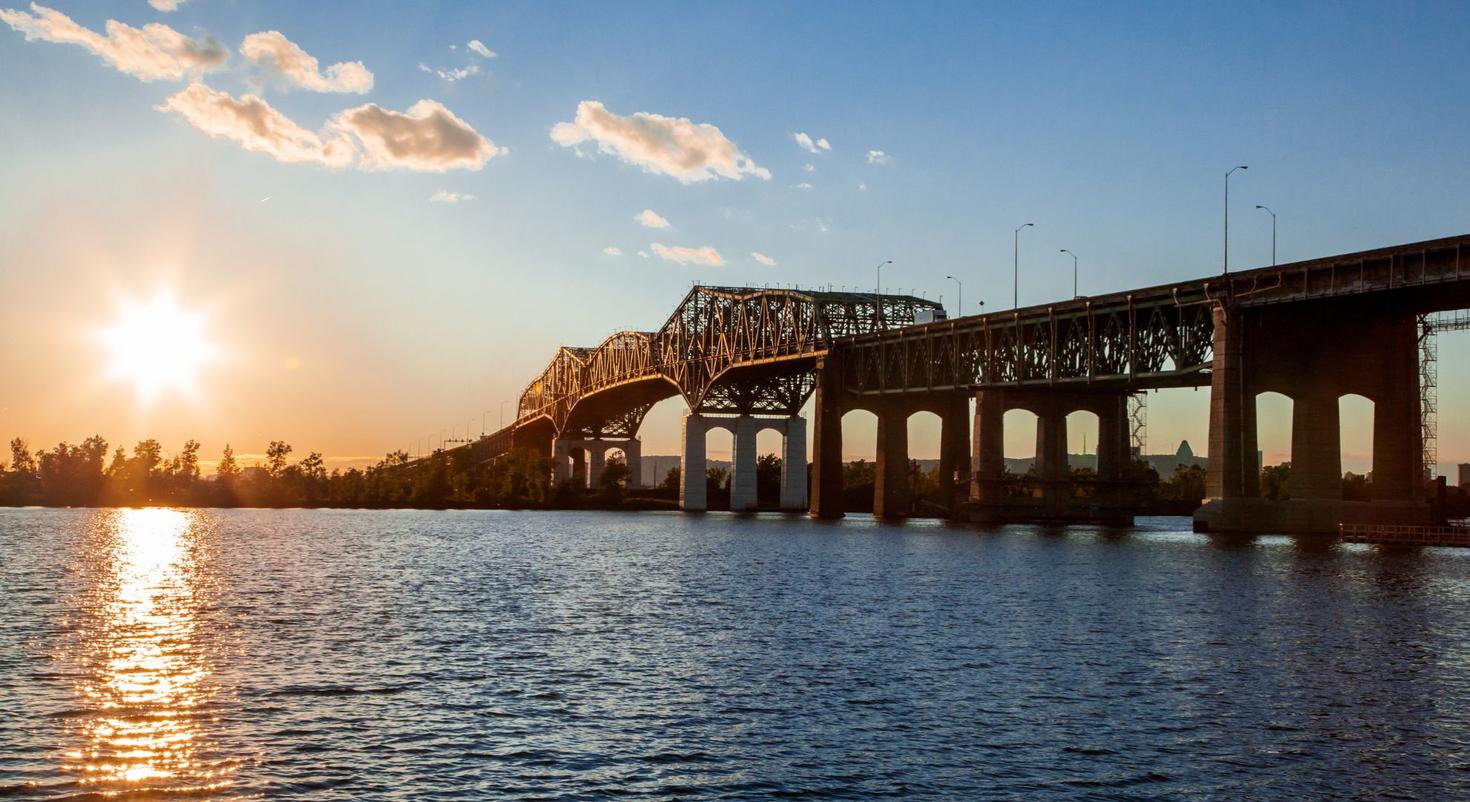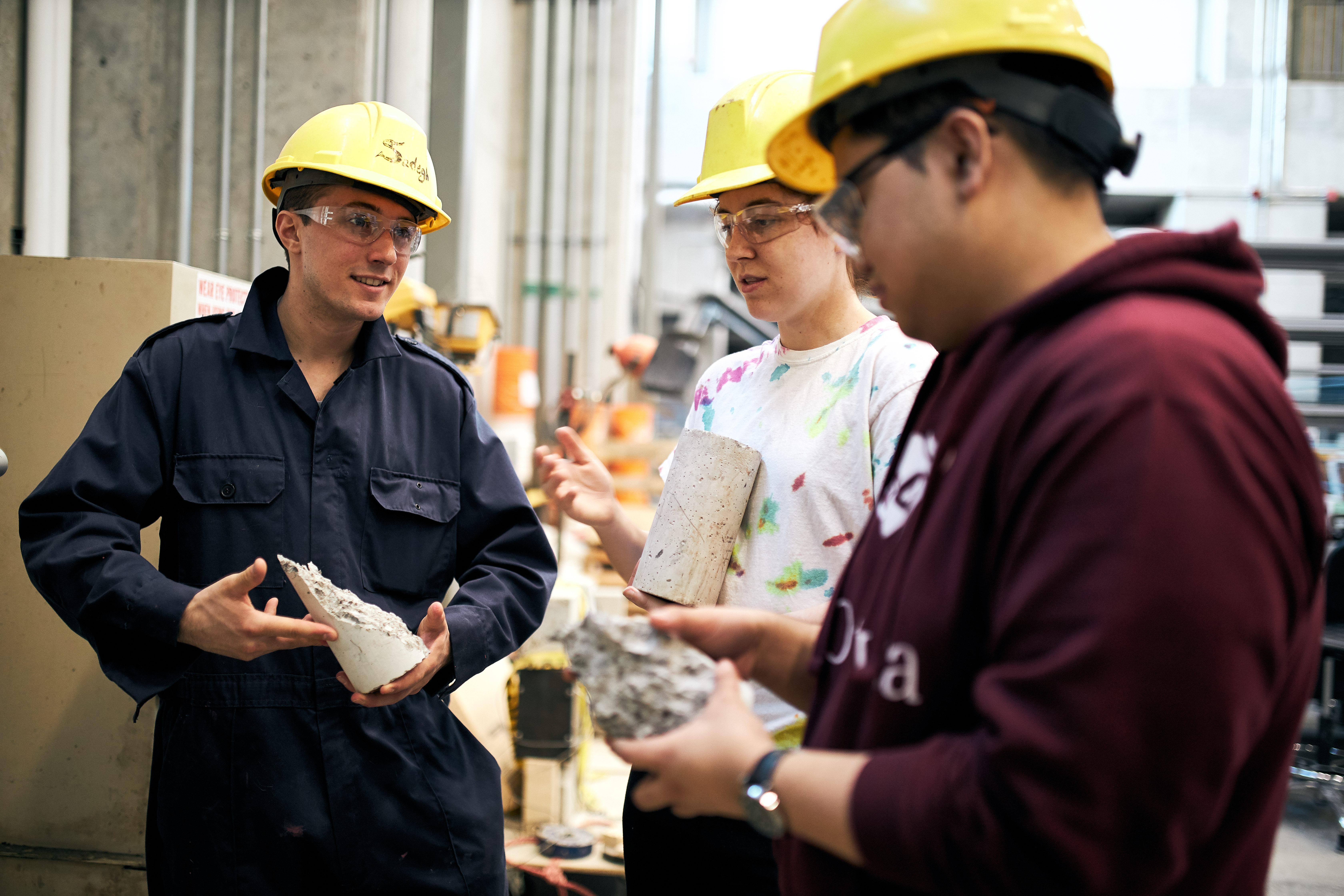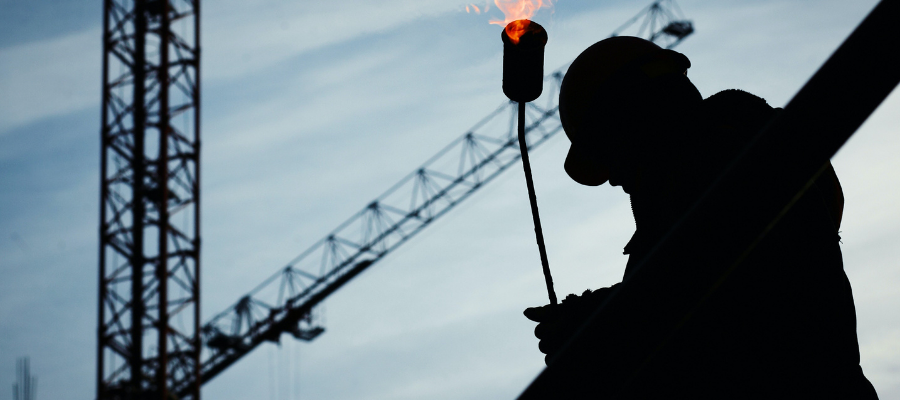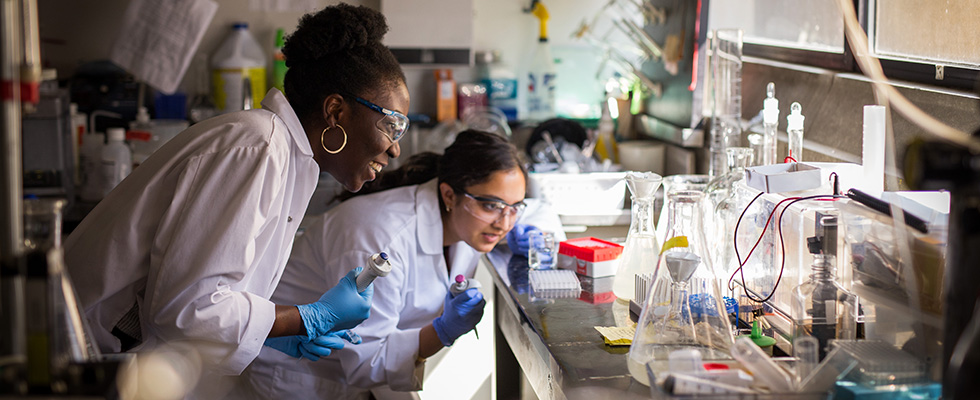Recent bomb attacks on civilian facilities have heightened awareness of blast risk to buildings, bridges, dams, transportation systems, and communication lifelines. While considerable classified research has been conducted for the protection of physical infrastructure against military bomb attacks, limited information is available for blast risk mitigation of civilian infrastructure.
The Department of Civil Engineering established the Blast Research Laboratory in 2008, with a strong research program on blast-induced loading on infrastructure. The laboratory is equipped with a unique shock tube, suitable for testing large-scale structural and non-structural elements under blast shock waves.
The long-term objective of the research effort is to develop blast-resistant design and mitigation strategies that can be adopted in the engineering practice. The short-term objectives include the development of design and retrofit techniques for: structural and non-structural components of building structures; transportation systems, including bridges; water distribution and treatment facilities; hydraulic structures, dams, and power generation facilities; and industrial plants and telecommunication towers. Analytical research is also being pursued in parallel, including computer software development for blast-load analysis.
Researchers
